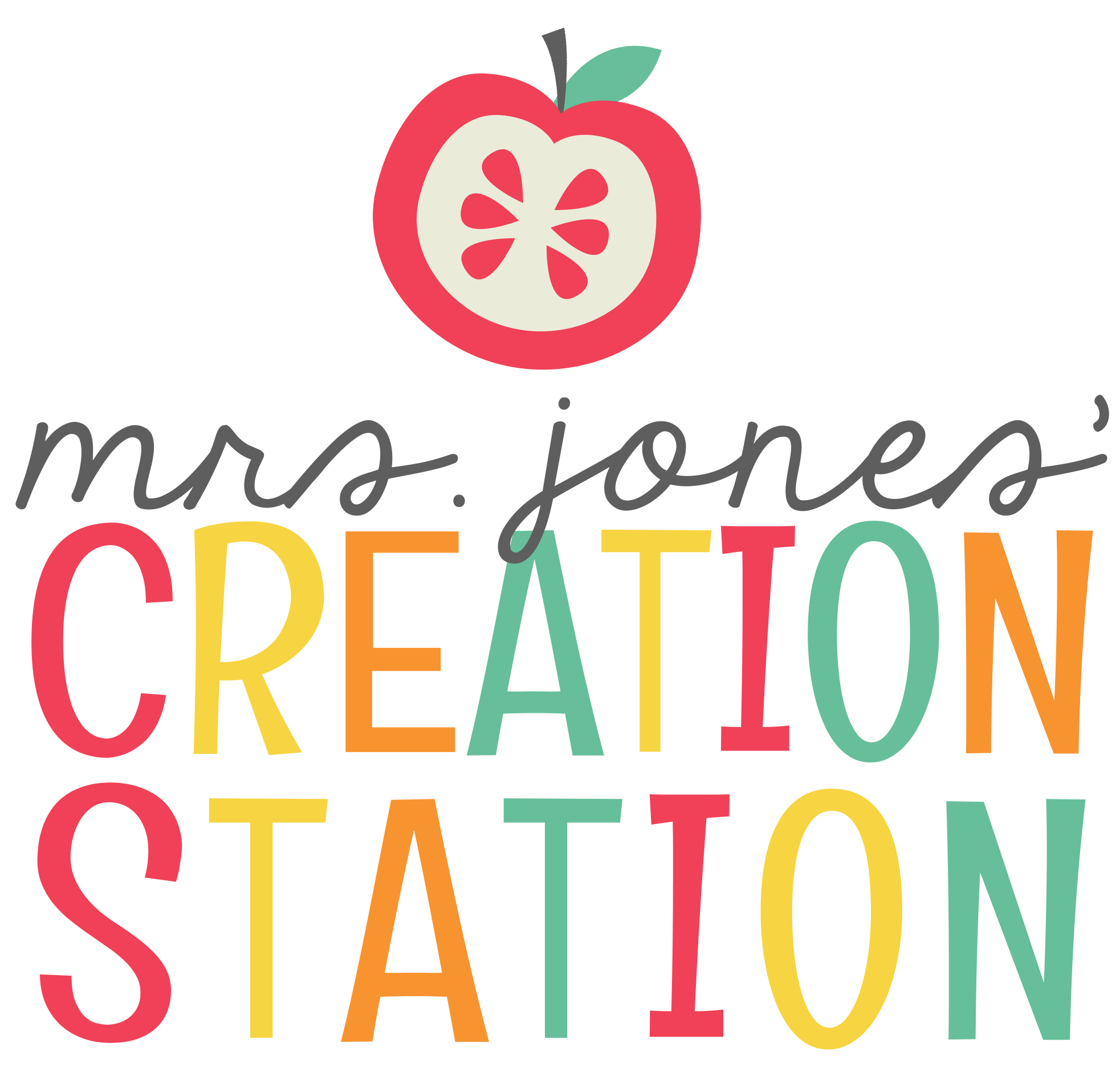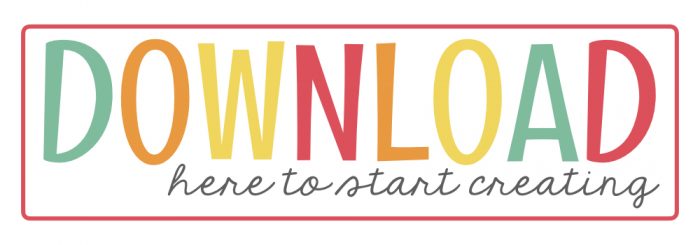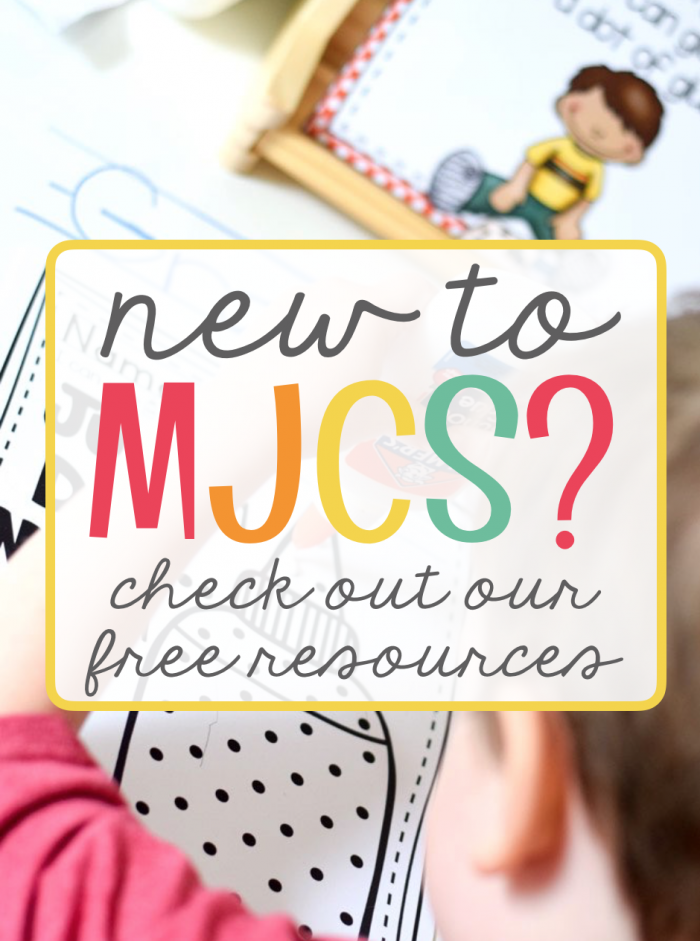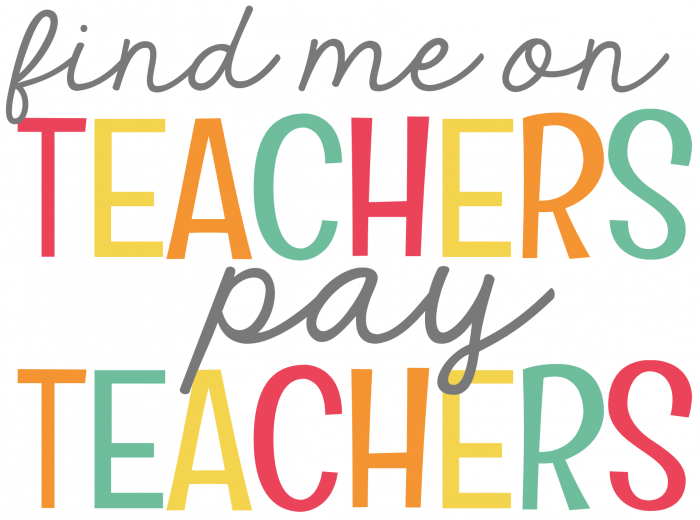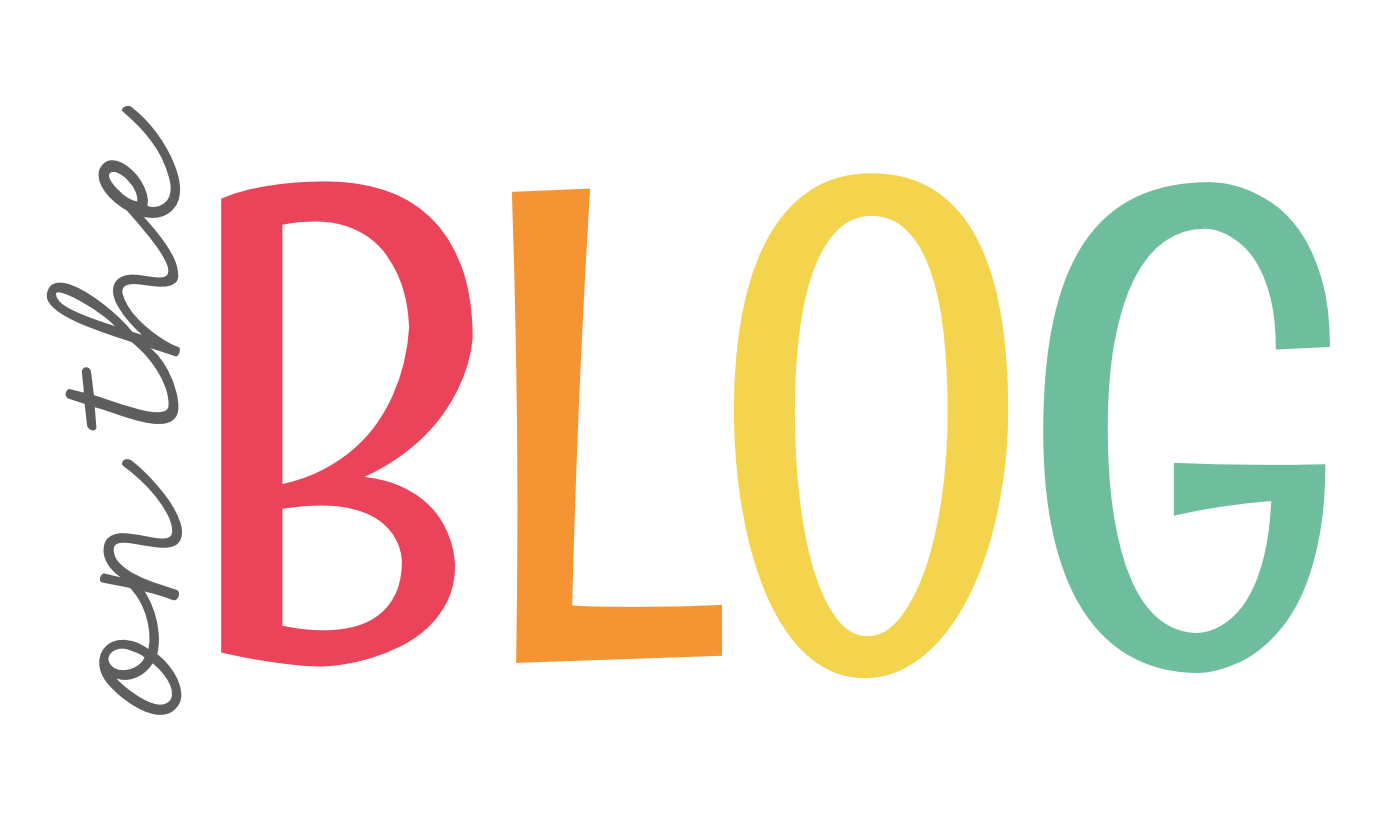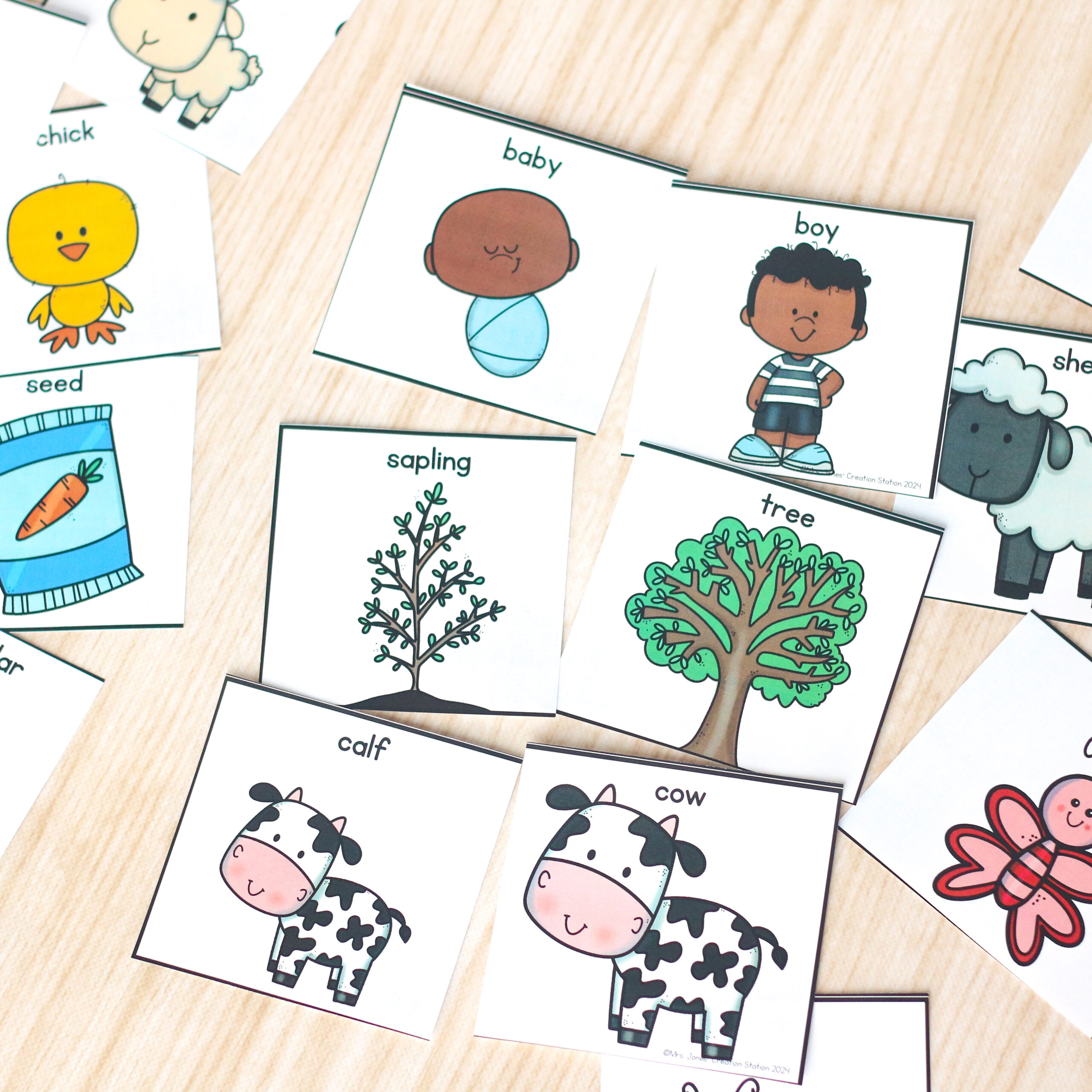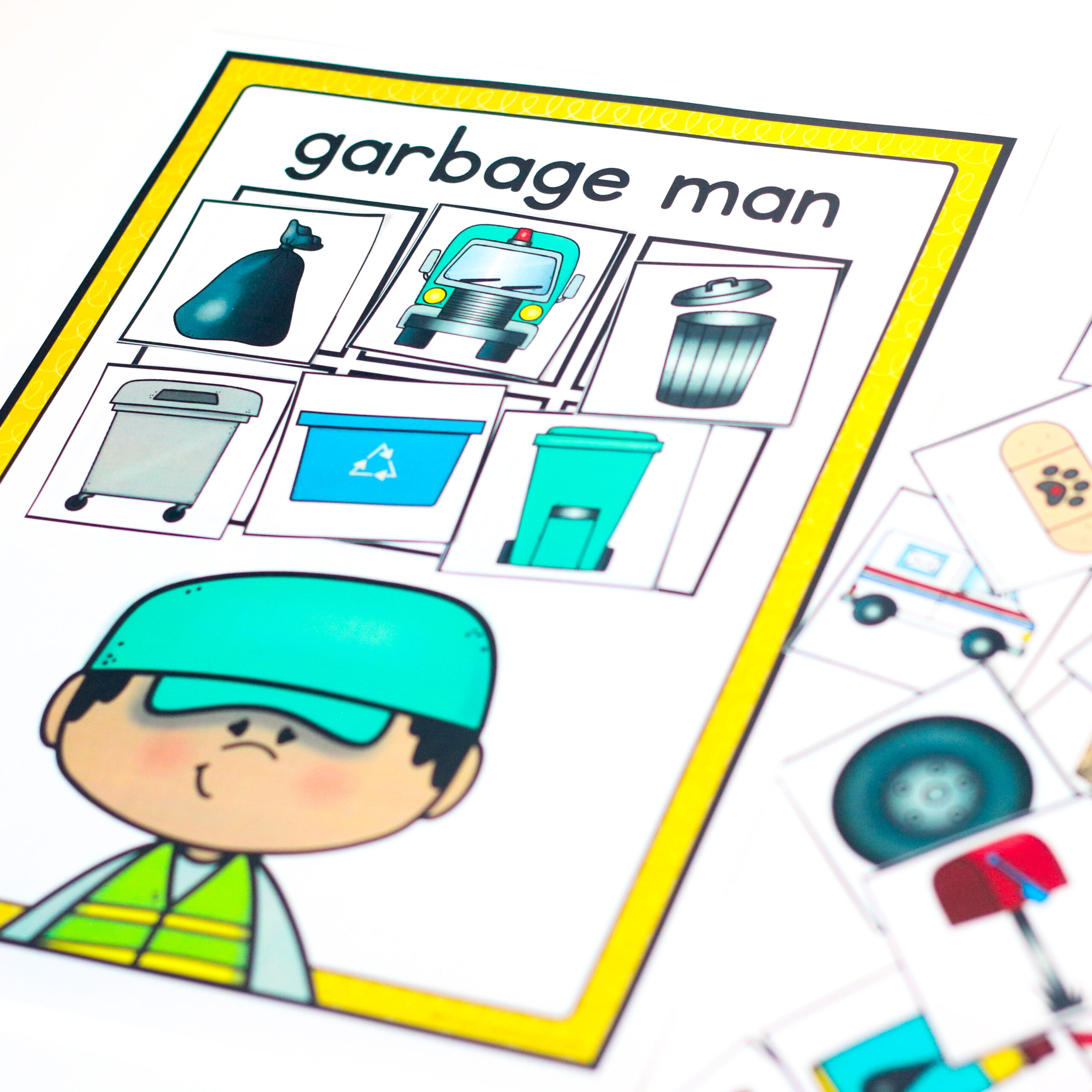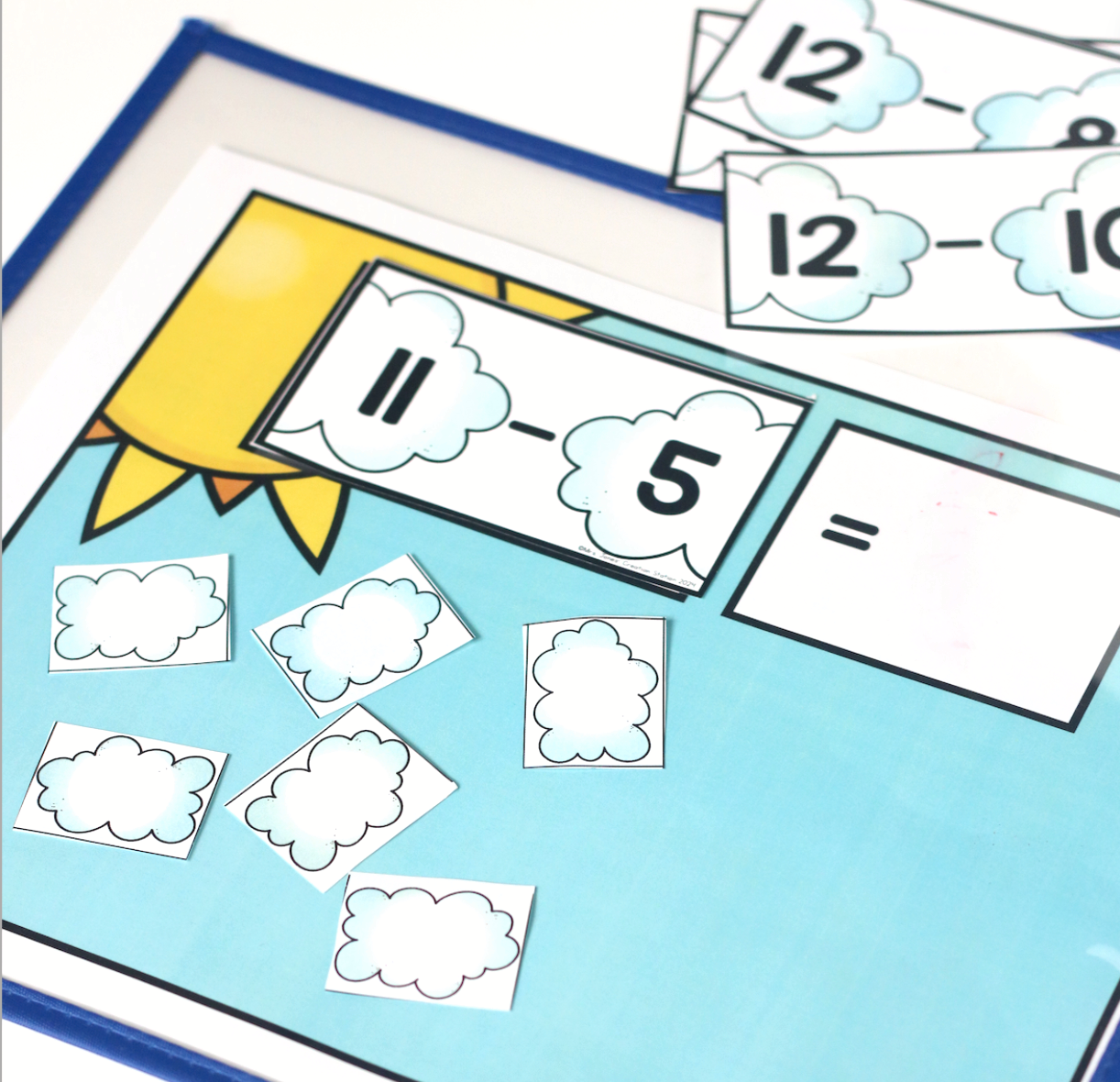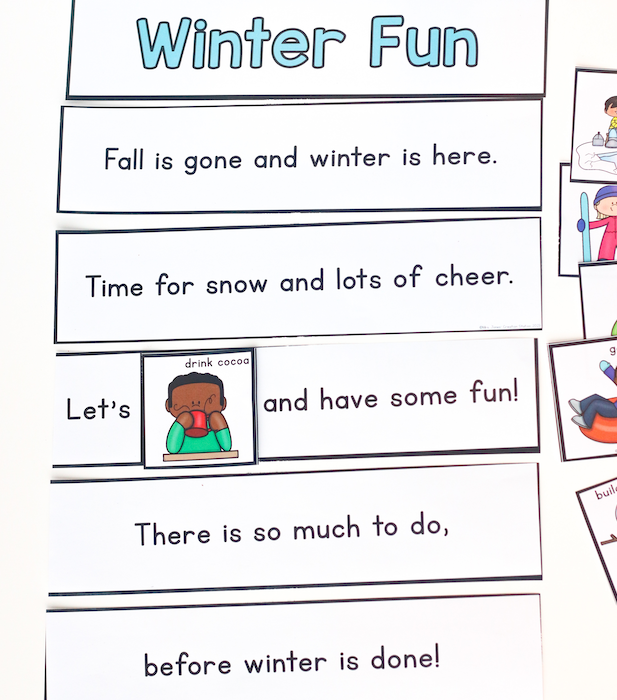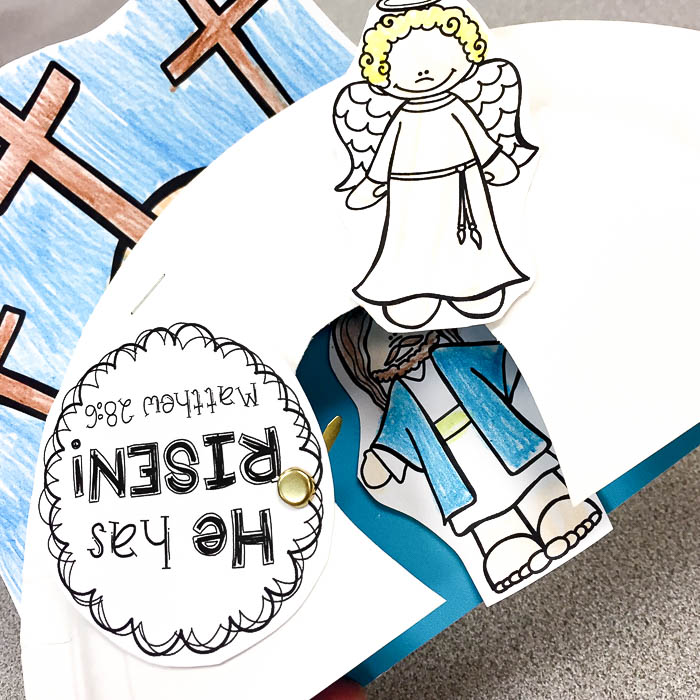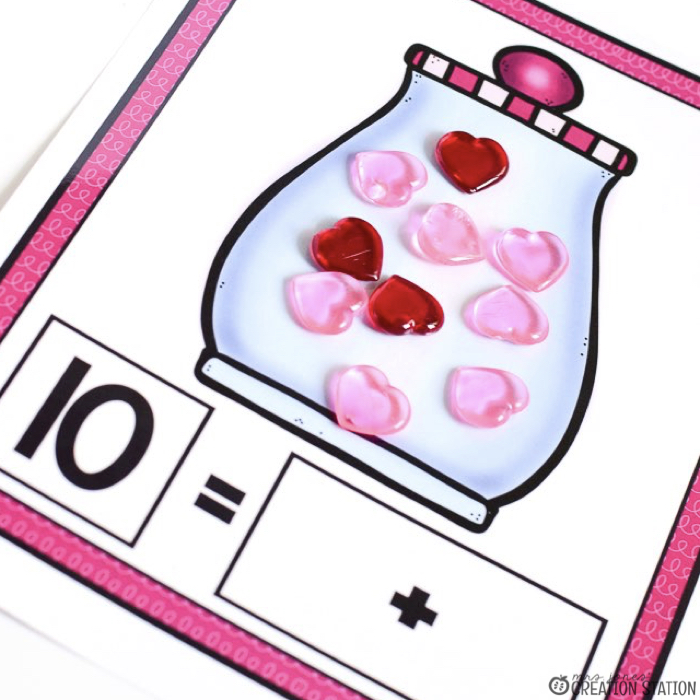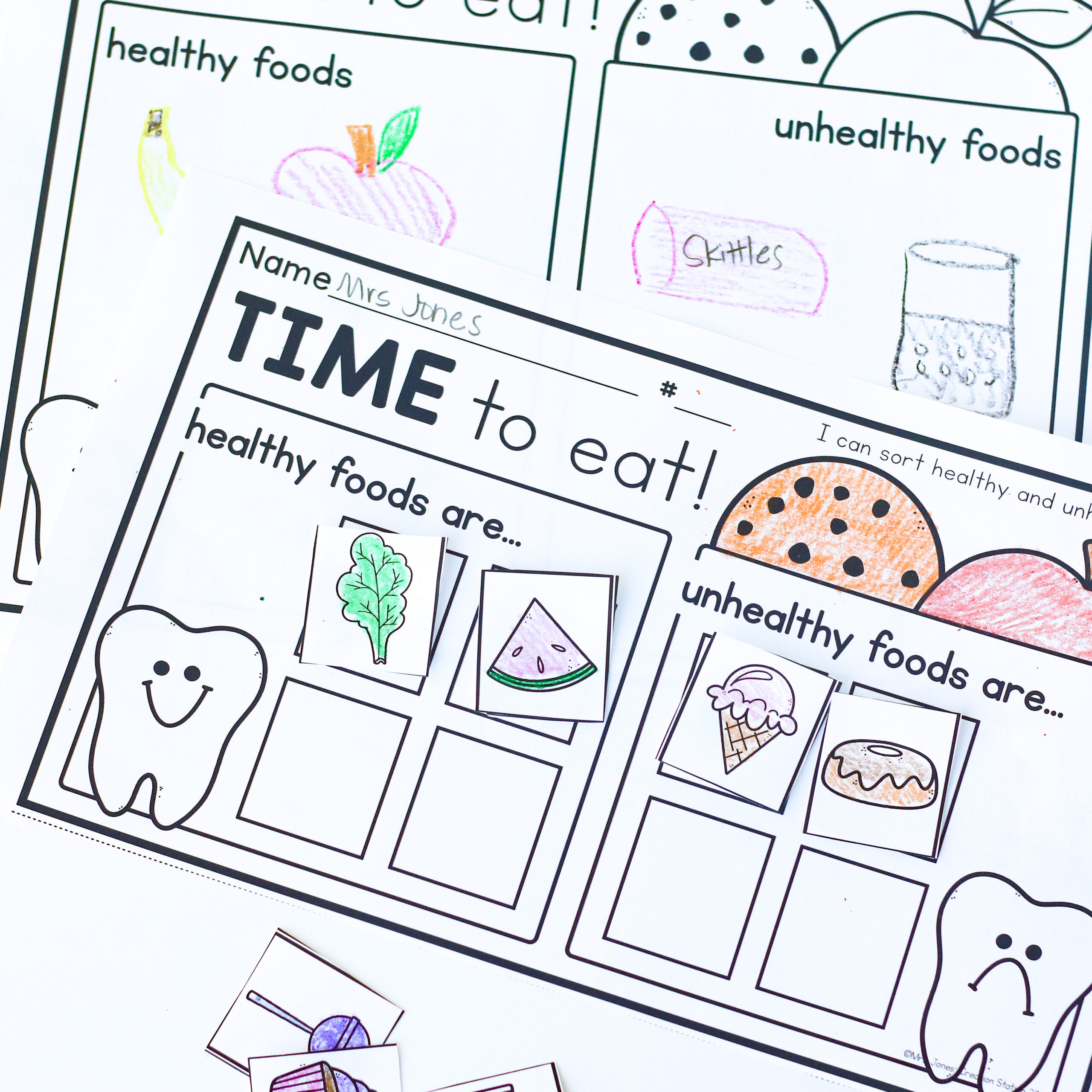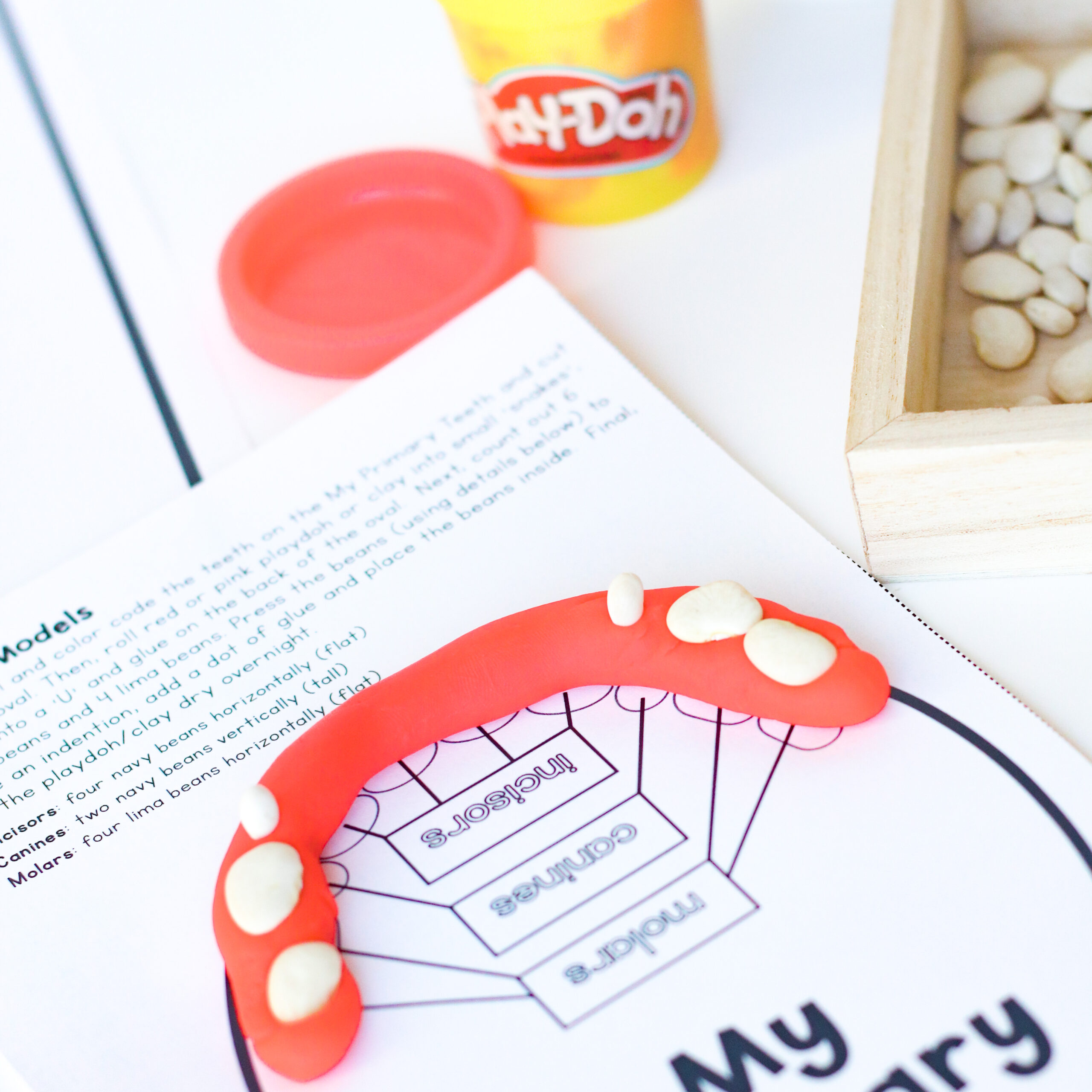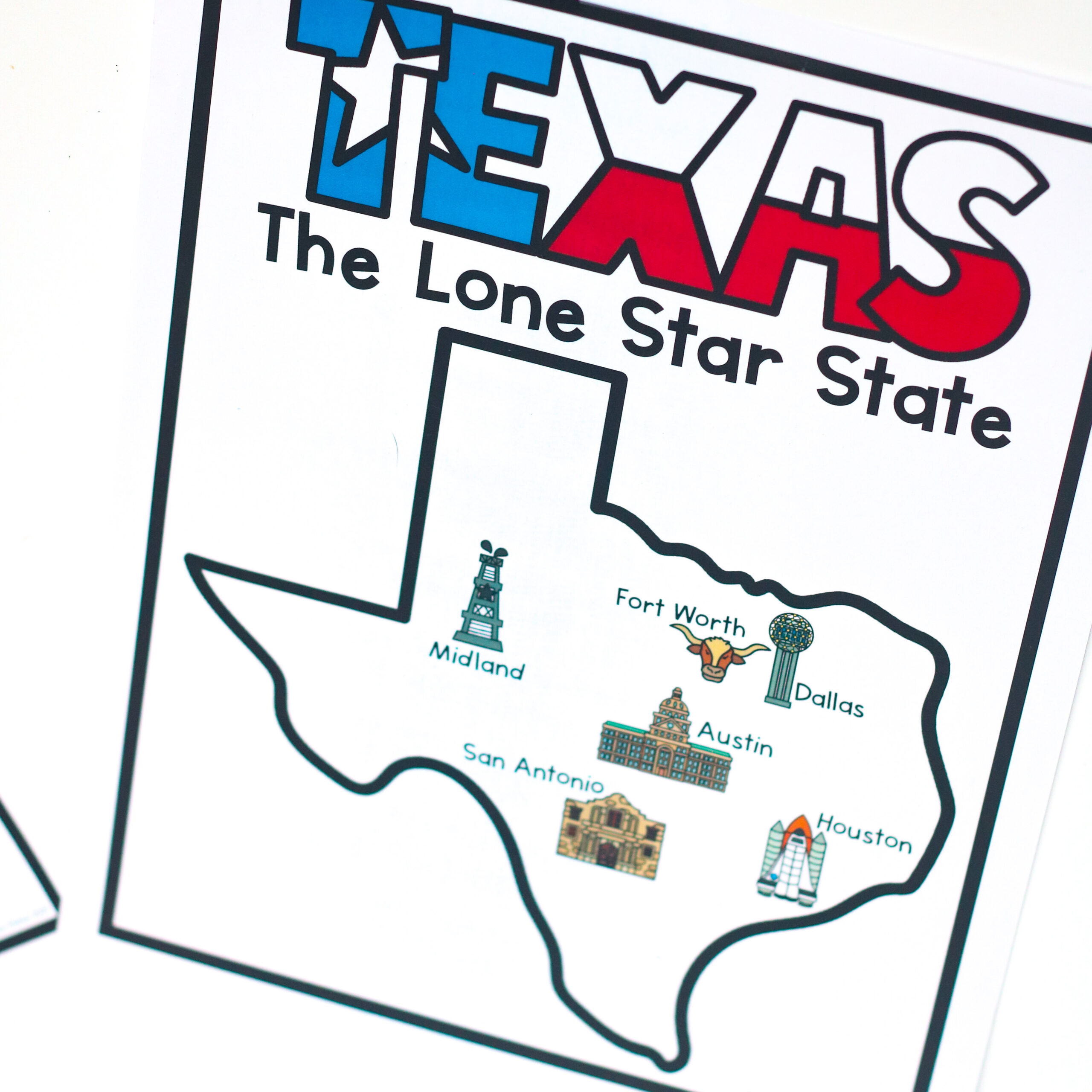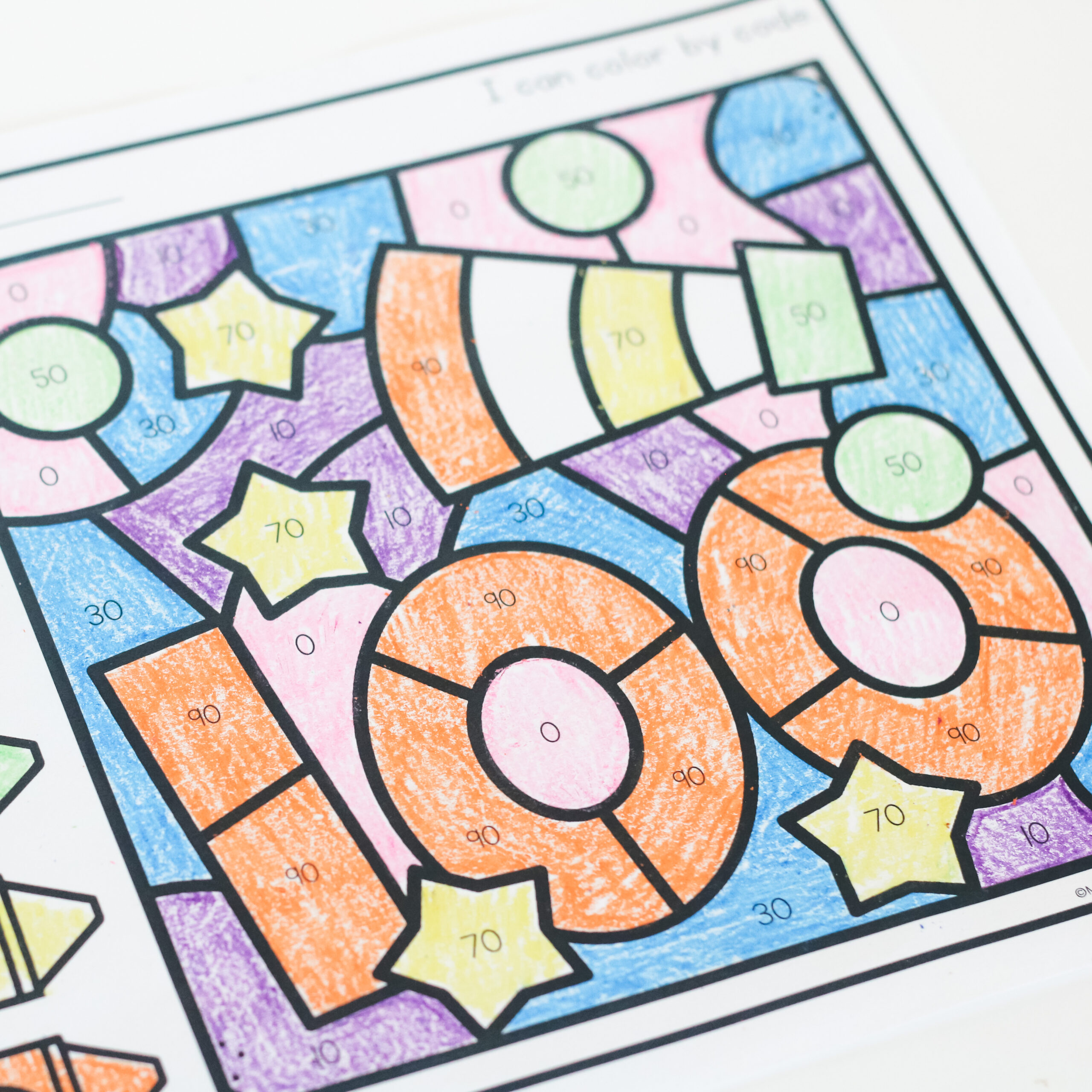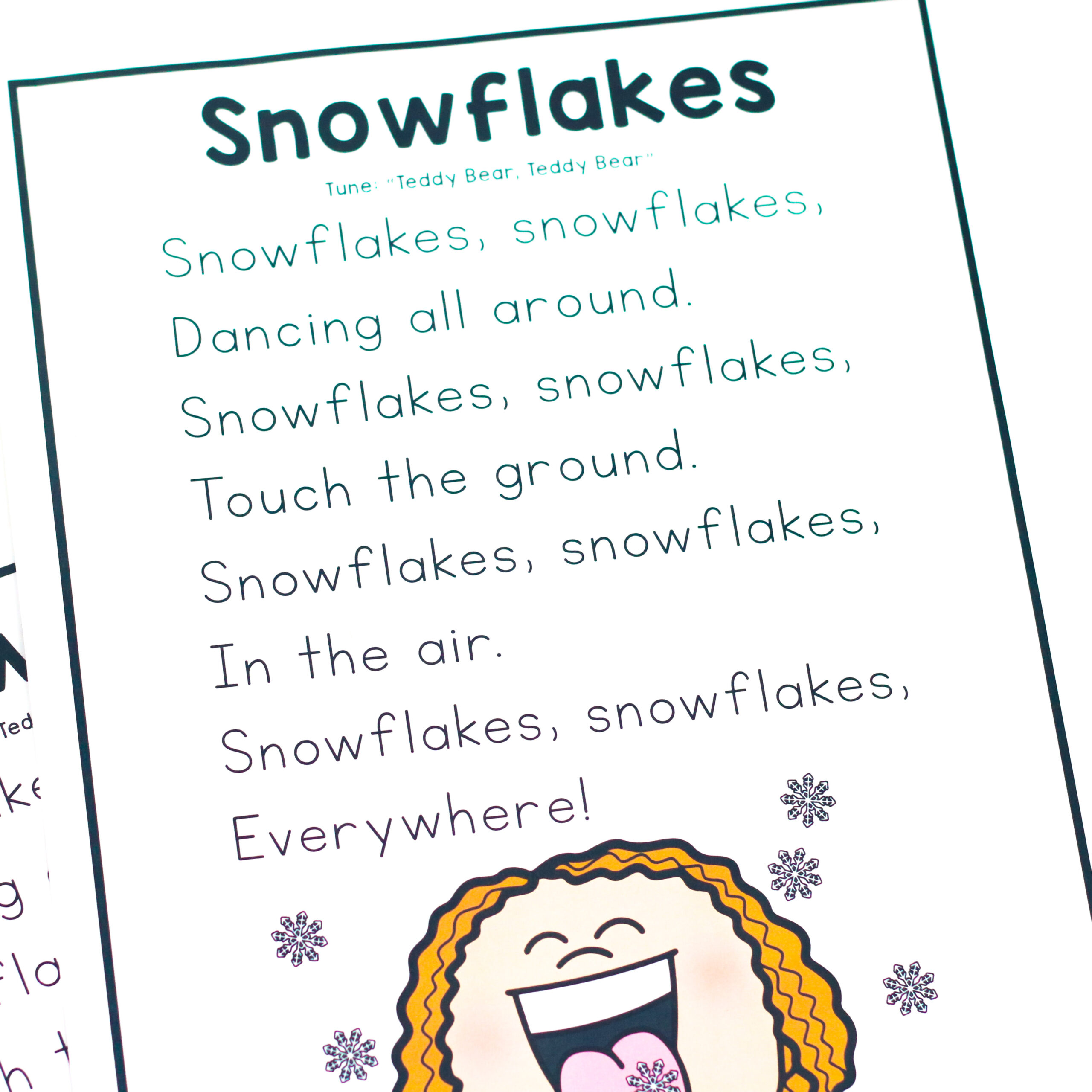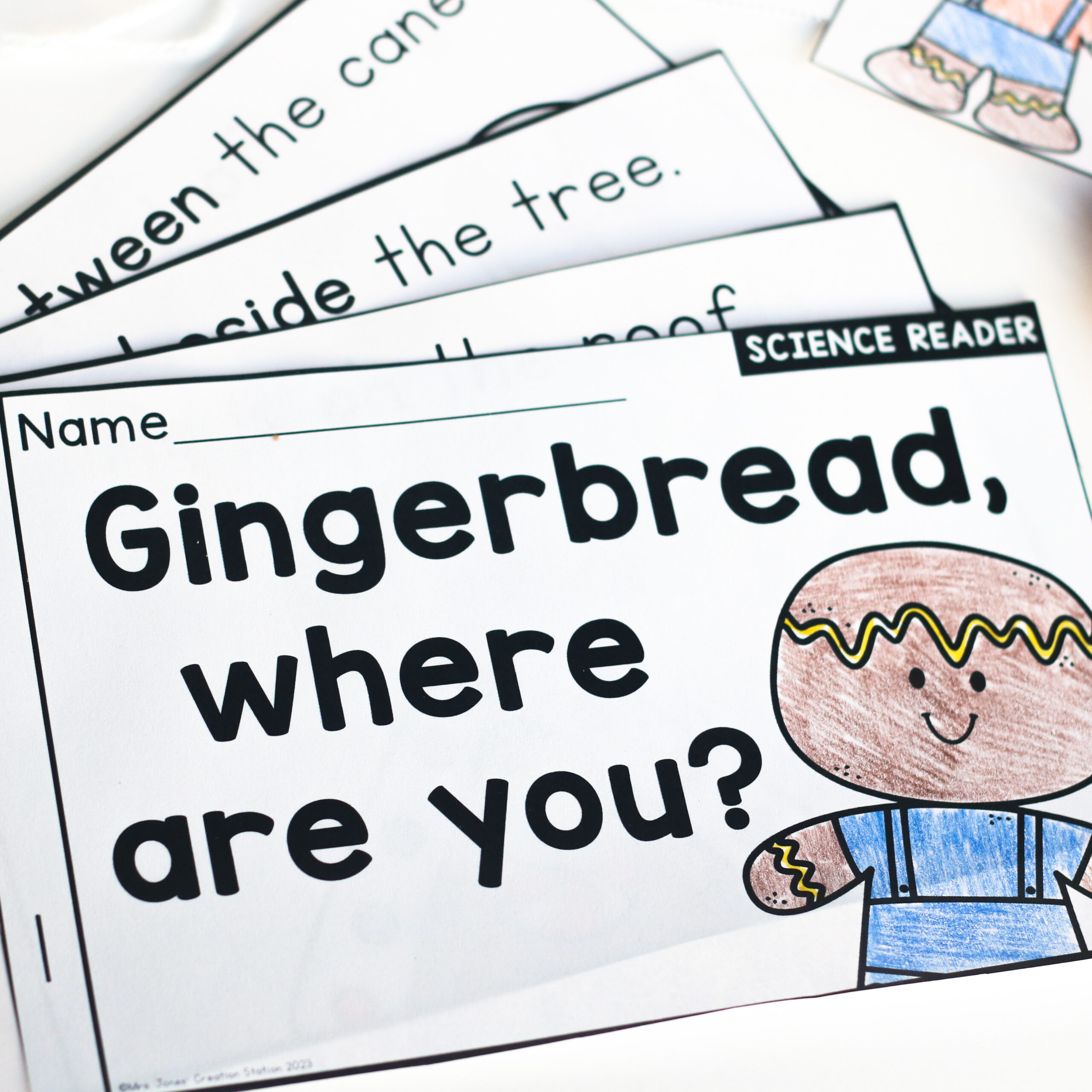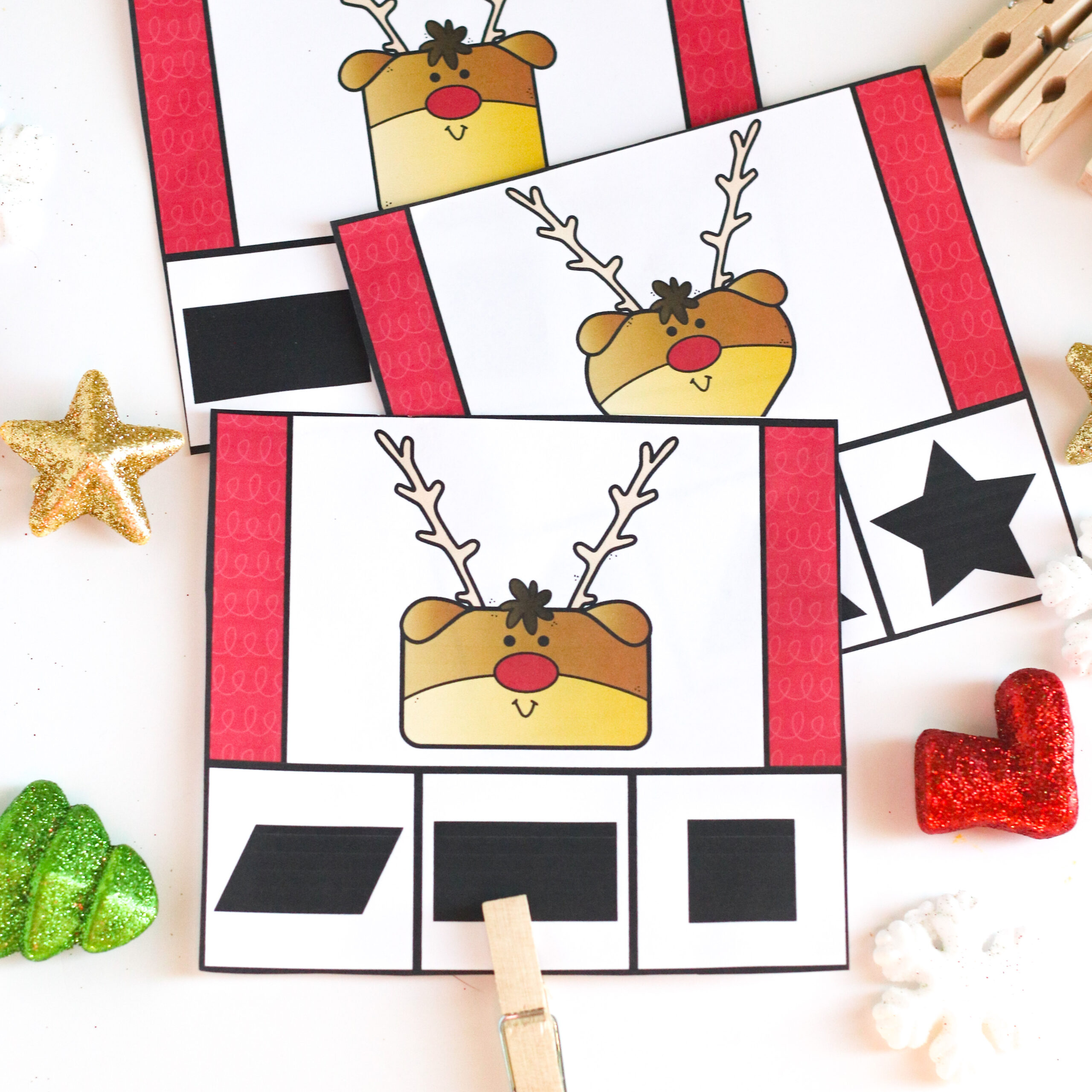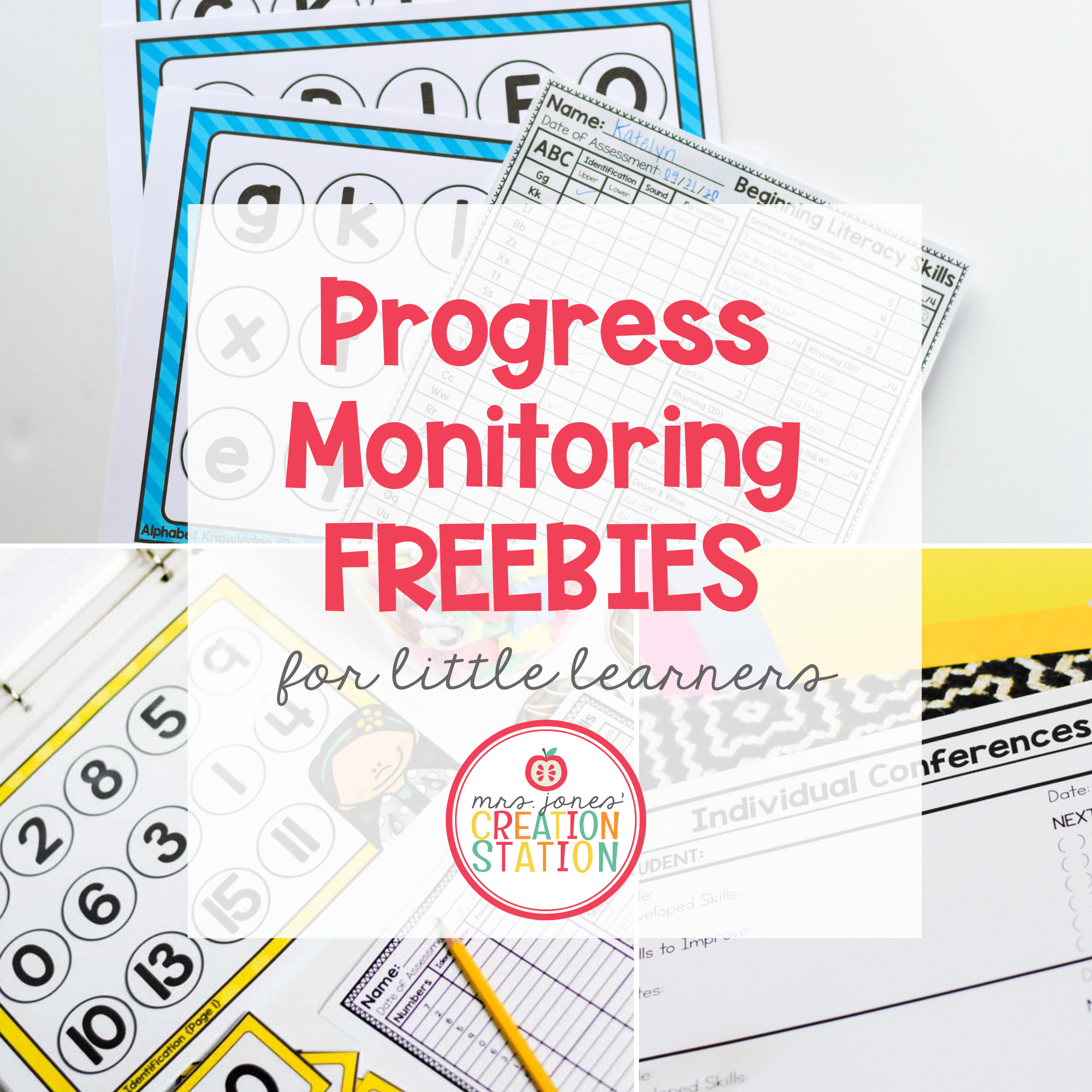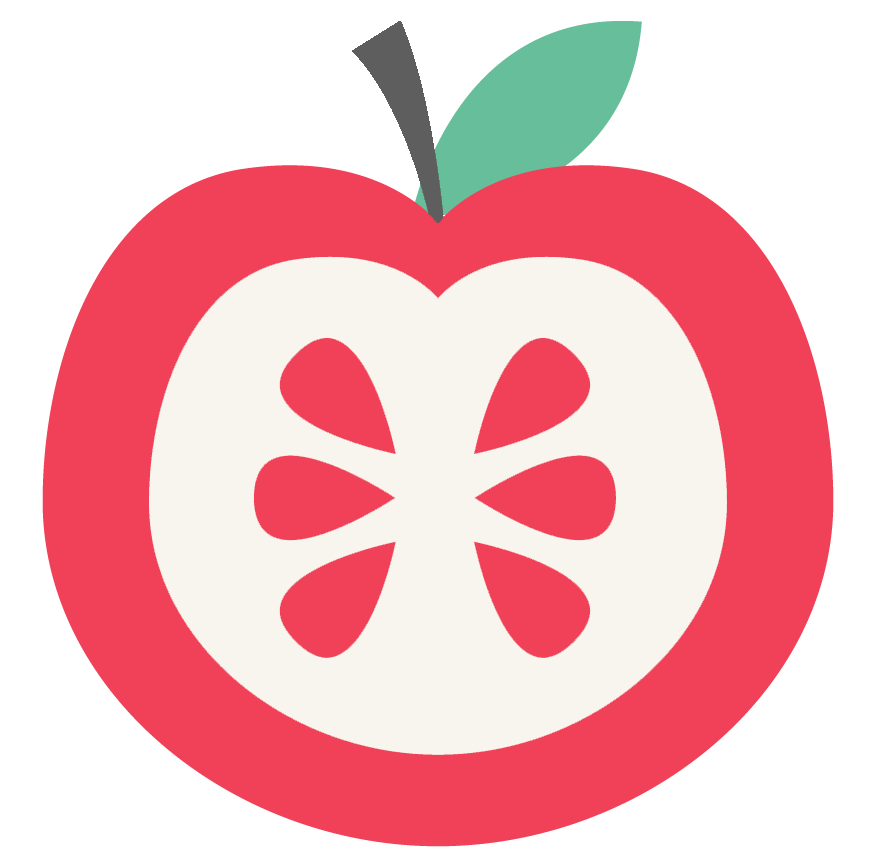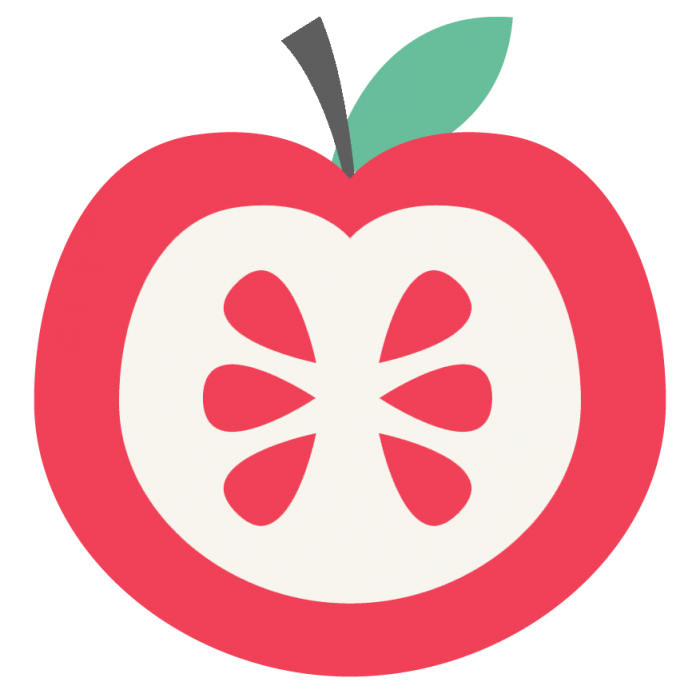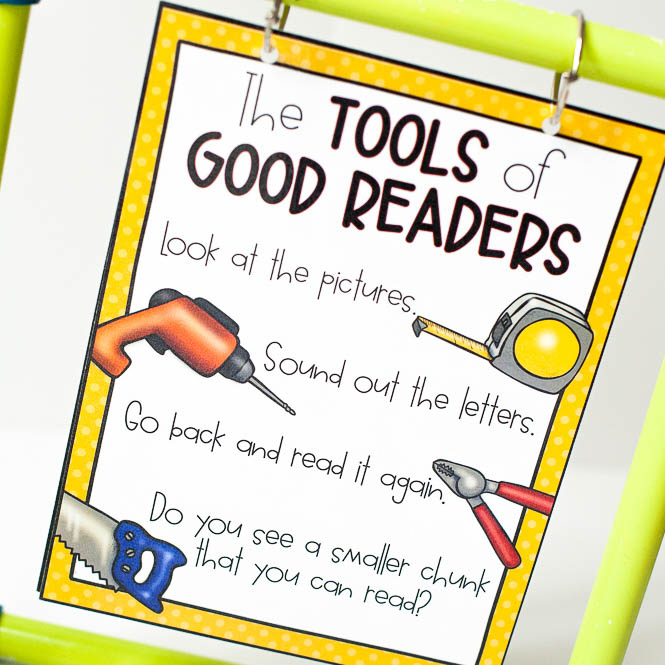The joy and hardships of a kindergarten and first grade teacher are teaching learners to read. It’s such a huge and challenging task. However, when you see the growth of a reader in just a few short months, it’s so rewarding. When I was in the classroom, I constantly modeled what successful readers do. And it’s something that has to be modeled constantly as they grow as readers. These simple steps can help your learner become a successful reader.
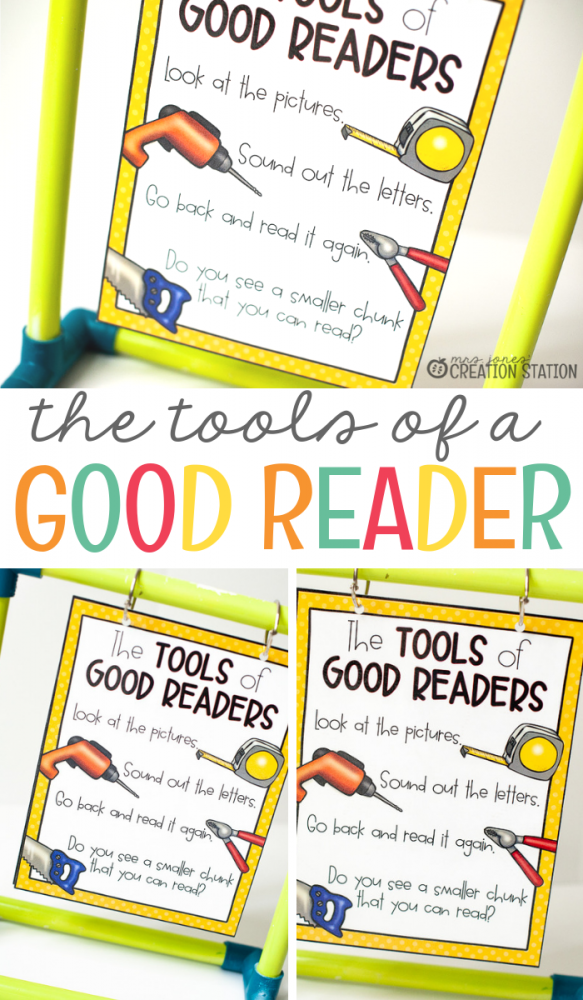
I came across a blog written several years ago that had the same steps for readers. Dr. Jean shares a fun song that ties in with these steps to good reading. It’s a great song that will keep your students singing throughout the year.
With a house of boys (and a girl!), I wanted to bring in a fun way to remind Grayson the steps to becoming a successful reader. He loves tools just like his dad, so I thought this would be perfect.
If you want a smaller option to send home with your students, I created a bookmark similar to these steps that my students always loved!
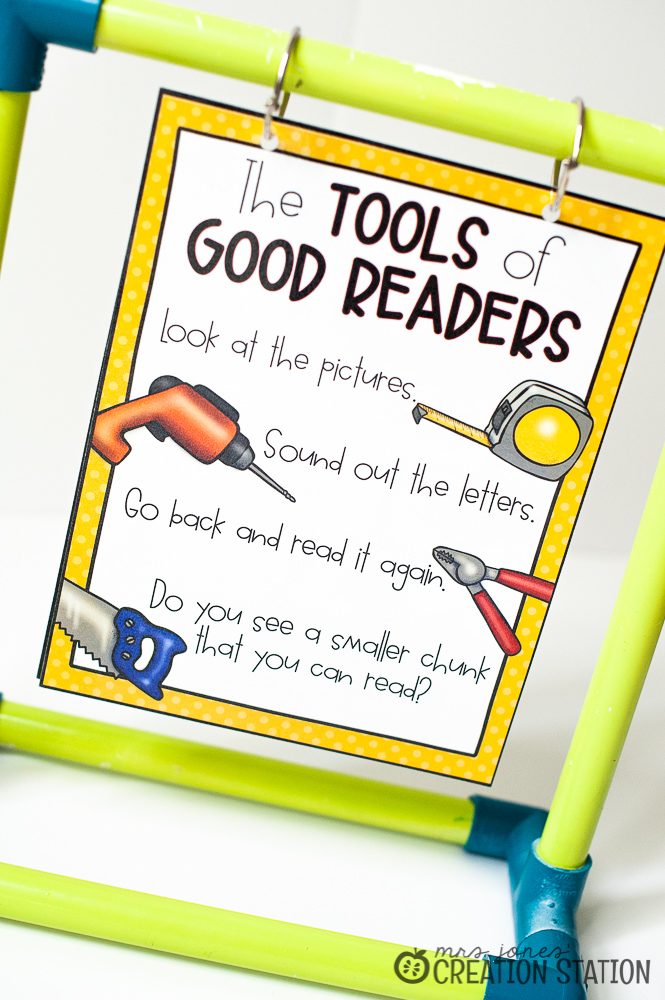
Simple Steps for Successful Readers
Following these simple steps will help your beginner readers with those tough words and phrases while reading:
- Look at the pictures: pictures hold so many clues! If your reader becomes stuck, have them look at the picture for any clues that might help. Pay attention to actions of the characters, facial expressions, and details of the illustrations.
- Sound out the letters: basic phonics knowledge is a big help. When your reader knows all the sounds of the alphabet, reading becomes easier. But also knowing the basic phonics rules will get them even farther in their reading journey!
- Go Back and Reread: Sometimes just going back and looking over that word or sentence again is what your reader needs. Maybe they read it too fast and realized what they were reading didn’t make sense. Slowing down and rereading is a good skill for any level of reader.
- Read a smaller chunk: This is where syllables come in handy. If your reader knows how to break a word into syllables, decoding becomes easier.
With these simple, but effective steps, your students will be using these strategies like a champ when they learn to read! You’ll have a classroom full of successful readers in no time!
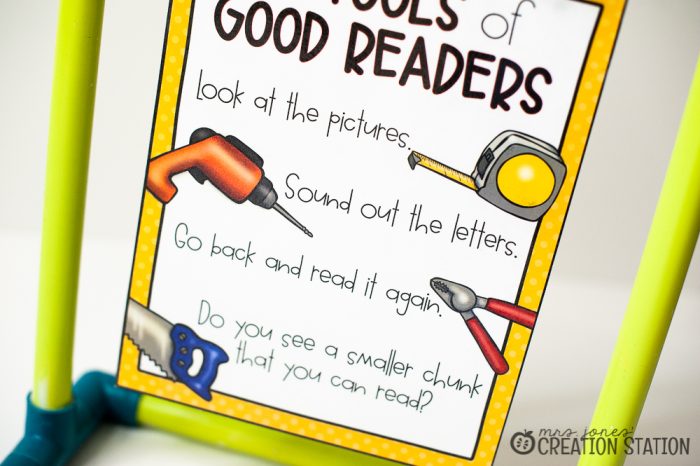
To grab this free anchor chart, just click on the link below!
